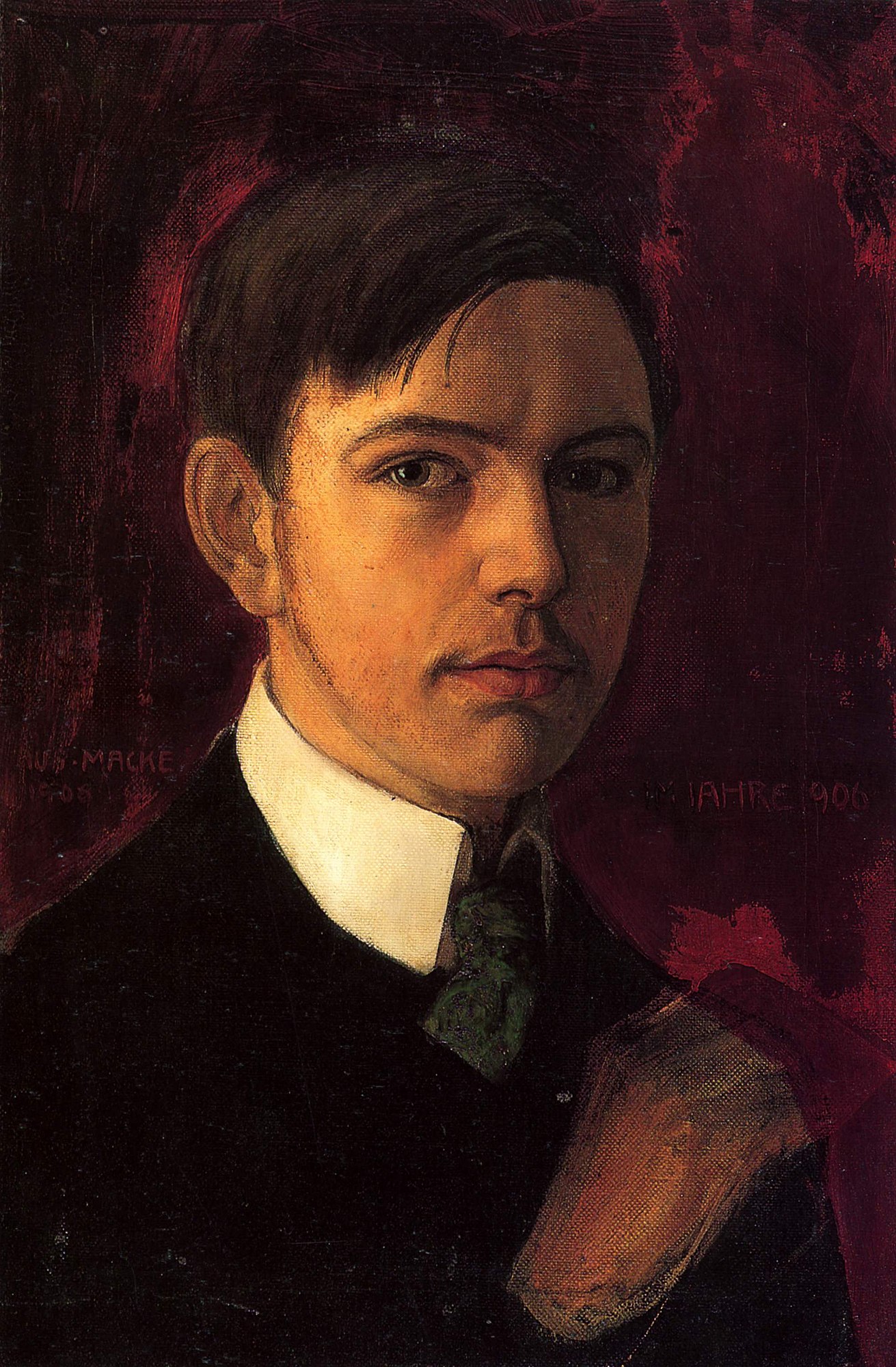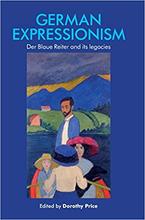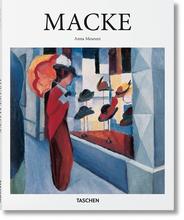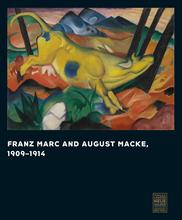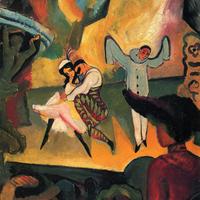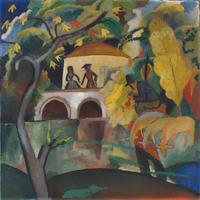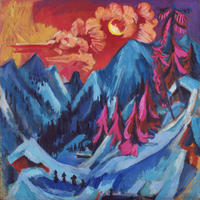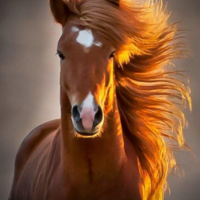More about August Macke
- All
- Info
- Shop
Works by August Macke

Contributor
August Macke would 100% be as famous as Wassily Kandinsky, Franz Marc and Robert Delaunay if he hadn’t died on the front lines of the First World War at the age of 27.
His art career lasted a whopping 7 years and that’s just not enough to make it to the big time. He did cover an impressive amount of ground when it came to artistic styles in his short career, however. He started out at an Impressionist/Post-impressionist, followed by a Fauvism phase that was inspired by one look at a Matisse painting. Then he moseyed onto Expressionism with the Der Blaue Reiter gang, which is really fun to say. He was kind of their gang leader and had some good times there. Then in 1912 he met a guy named Robert Delaunay who taught him this Orphic Cubism style that was about to be super posh. He traveled to Tunisia with his friend, Paul Klee in April of 1914 and painted an entire series of Orphic Cubism paintings, his last of which was titled Farewell. This was the last piece that Macke would ever create. Coincidence?? Probably. But it’s still pretty eerie.
Though Macke was artistically promiscuous, he was not romantically so. It may have been the case that he just didn’t have enough time on Earth with which to be promiscuous but we’ll give him the benefit of the doubt on this one. He married a woman by the name of Elisabeth Gerhardt, his friend’s sister, which may or may not be another reason for his lack of philandering. You really never know with these things. When he died, Macke left his paintings to his wife, who somehow got them through World War I without any damage. The paintings were mostly put in the August Macke Haus, a museum founded in 1991 in Bonn, Germany, where the artist spent most of his creative life.
Sources
- "August Macke - The Complete Works - Biography - Augustmacke.Org." Augustmacke.org. Web. 25 Sept. 2017.
- "August Macke | German Artist." Encyclopedia Britannica. Web. 25 Sept. 2017.
- "August Macke - 23 Artworks, Bio & Shows On Artsy." Artsy.net. Web. 25 Sept. 2017.
Featured Content
Here is what Wikipedia says about August Macke
August Robert Ludwig Macke (3 January 1887 – 26 September 1914) was a German Expressionist painter. He was one of the leading members of the German Expressionist group Der Blaue Reiter (The Blue Rider). He lived during a particularly active time for German art: he saw the development of the main German Expressionist movements as well as the arrival of the successive avant-garde movements which were forming in the rest of Europe. As an artist of his time, Macke knew how to integrate into his painting the elements of the avant-garde which most interested him. Like his friend Franz Marc and Otto Soltau, he was one of the young German artists who died in the First World War.
Check out the full Wikipedia article about August Macke

